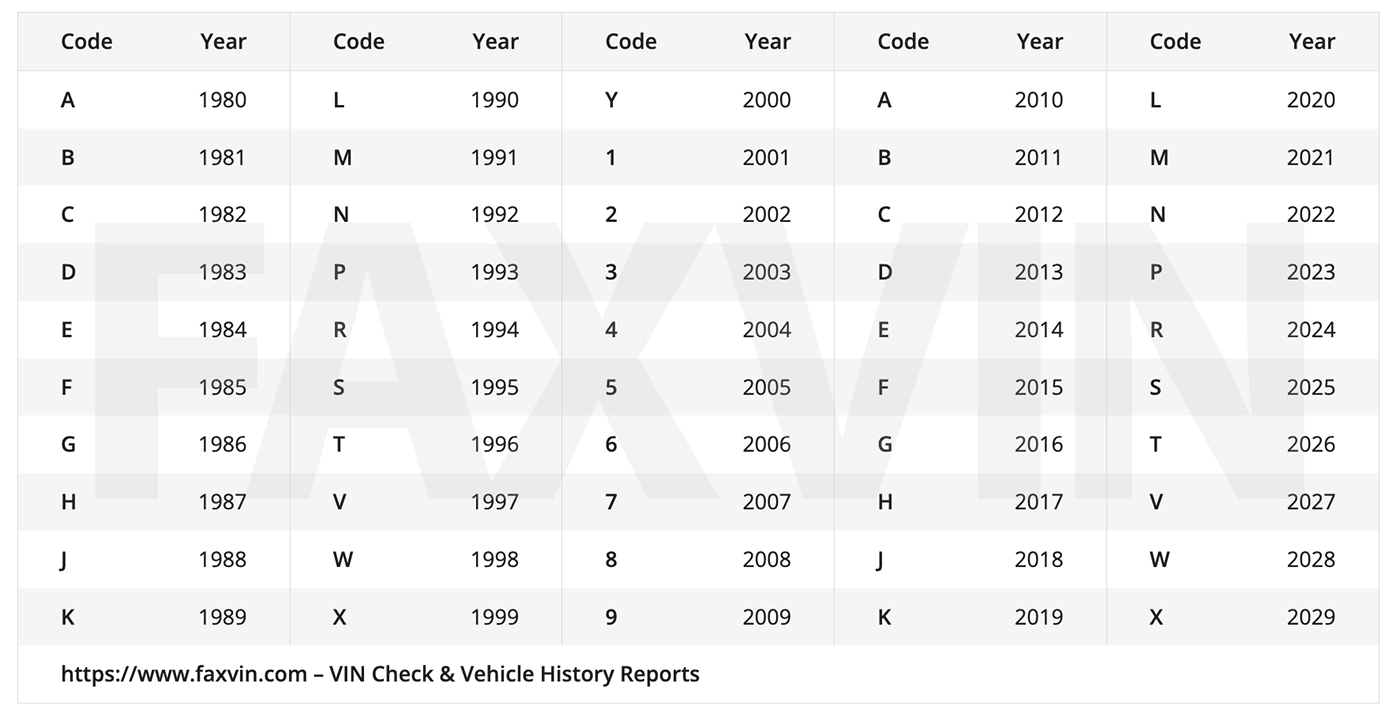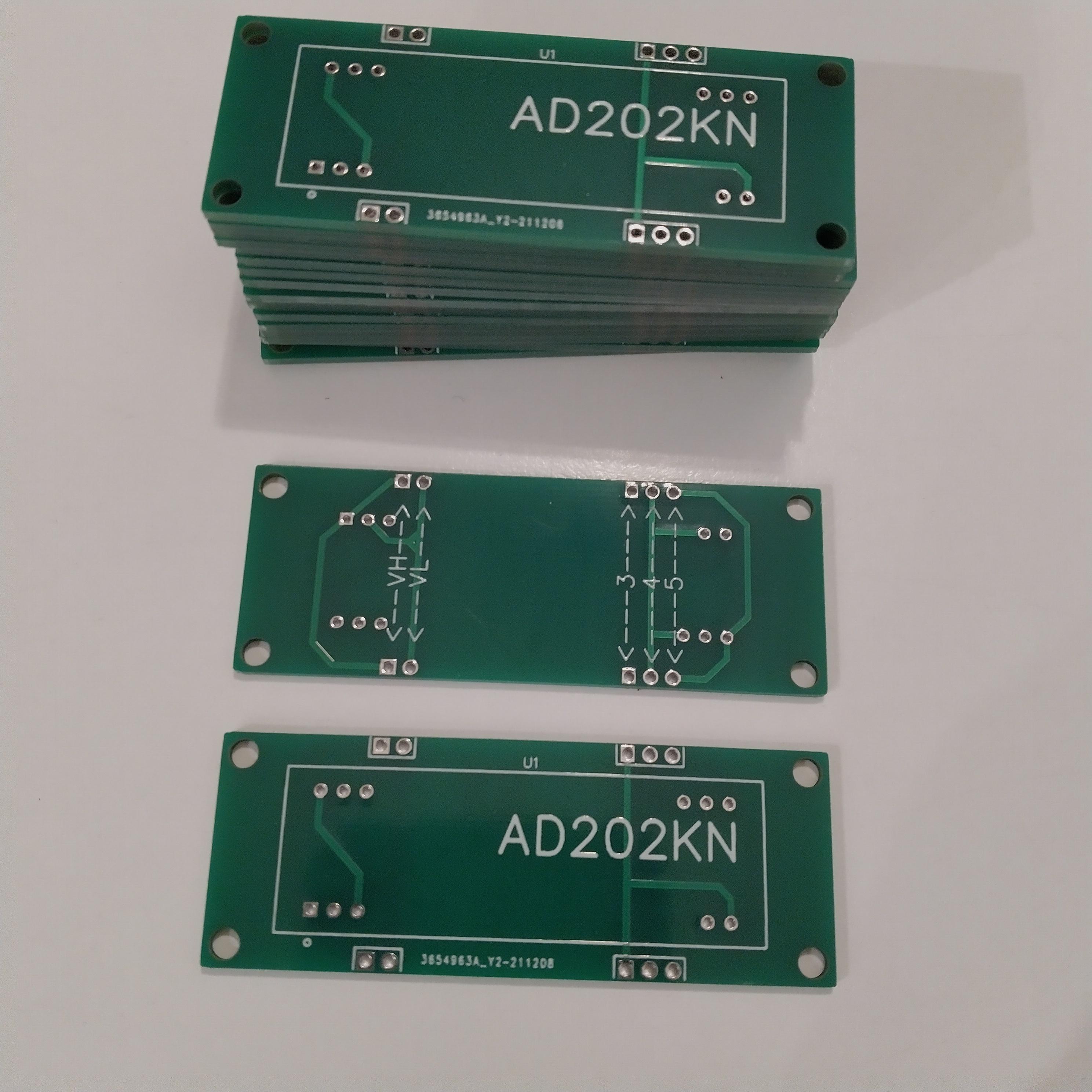Great work on getting the repair done, nice soldering job.
Is this in a 2010 model? Interesting that it used the same hybrid board.
Is this in a 2010 model? Interesting that it used the same hybrid board.


HiSorry I've not been around much, life has been a bit complicated lately. Since I've done this repair my car has done nearly 2,500 miles. So far so good.
I've got a new batch of the AD202KN pcbs. They are £5 each including UK postage, £6 to the EU and £7 to anywhere else. If you require one message me with your address and email address and I will send you a PayPal invoice.

You will need to source the AD202KN, I got mine from Mouser but at the moment they are showing no stock until mid March. Octopart may help you find one. Avoid purchasing these from Chinese/Ebay suppliers as those don't seem to work properly.





Oh niceTenth digit of VIN represents date:
C = 2012

I have already done the P!A15 resistor bodge in the MCU. Interestingly, I managed that without removing from the vehicle. Just needed to unbolt from the frame, and lift & twist the box, to get access to the bottom plate.
Typically the car thinks it is charging too slowly--which is the reason that it throws the P1A15 DTC code.Perhaps the capacitor has lost its capacity and it is charging too quickly and the machine sees this?
How do you know that the hybrid measures perfectly